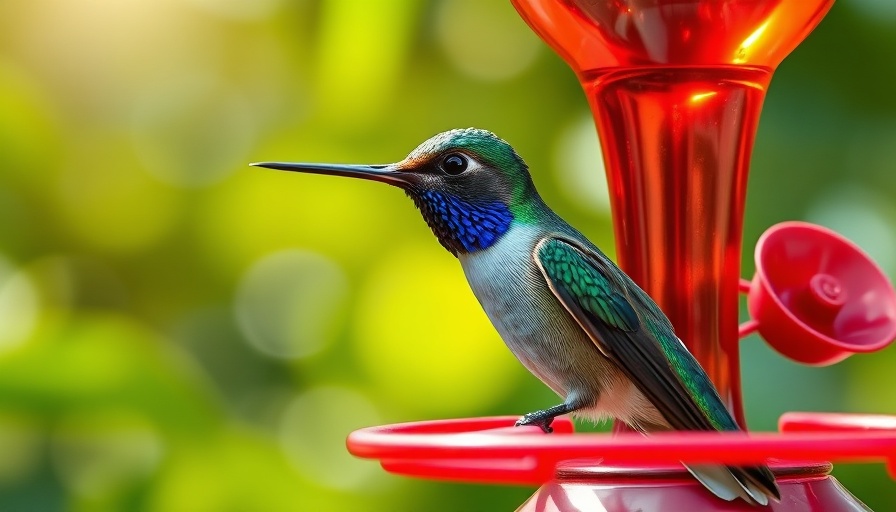
Welcome Back the Hummingbirds: A Guide to Quenching Their Thirst
As spring unfolds, thousands of hummingbirds will be migrating north from their wintering grounds in Mexico and Central America, seeking food and nourishment after enduring the warm, arid climate. As these energetic little birds return, the question arises: how can we help? By hanging a properly prepared hummingbird feeder, you can become their much-needed watering hole.
Setting Up the Perfect Nectar Oasis
The first step in attracting hummingbirds is selecting the right feeder. Look for a model that is easy to clean and features vibrant red accents, which are known to lure these birds. The nectar mixture should consist of one part sugar to four parts water, offering a natural and safe energy source for these avian athletes. Remember, steer clear of honey or artificial sweeteners, and do not add red food dye!
Why Feeding Hummingbirds is Beneficial
A common misconception is that providing feeders will draw hummingbirds away from their natural foraging. However, these tiny wonders consume several times their body weight daily and will always seek a variety of food sources, including flowering plants and small insects. By engaging in their feeding, we become partners in their journey, ensuring they are well-fueled for their critical role in pollination.
Connecting with Nature: A Call to Action
Setting up a hummingbird feeder is not just about providing sustenance; it’s an invitation to witness the beauty and grace of these birds up close. Families can bond over this rewarding experience, fostering a love for nature and an appreciation for the local ecosystem. As you watch these magnificent creatures flit about, consider sharing your experiences with the wider community. Your stories can inspire others to engage in conservation efforts.
Now that you know the essential steps to welcome back hummingbirds, why not set up your feeder today? Each day, you can enjoy the beauty of nature right outside your window while playing an active role in supporting these remarkable birds during their critical journey.
 Add Row
Add Row  Add
Add 




 Add Row
Add Row  Add
Add 

Write A Comment